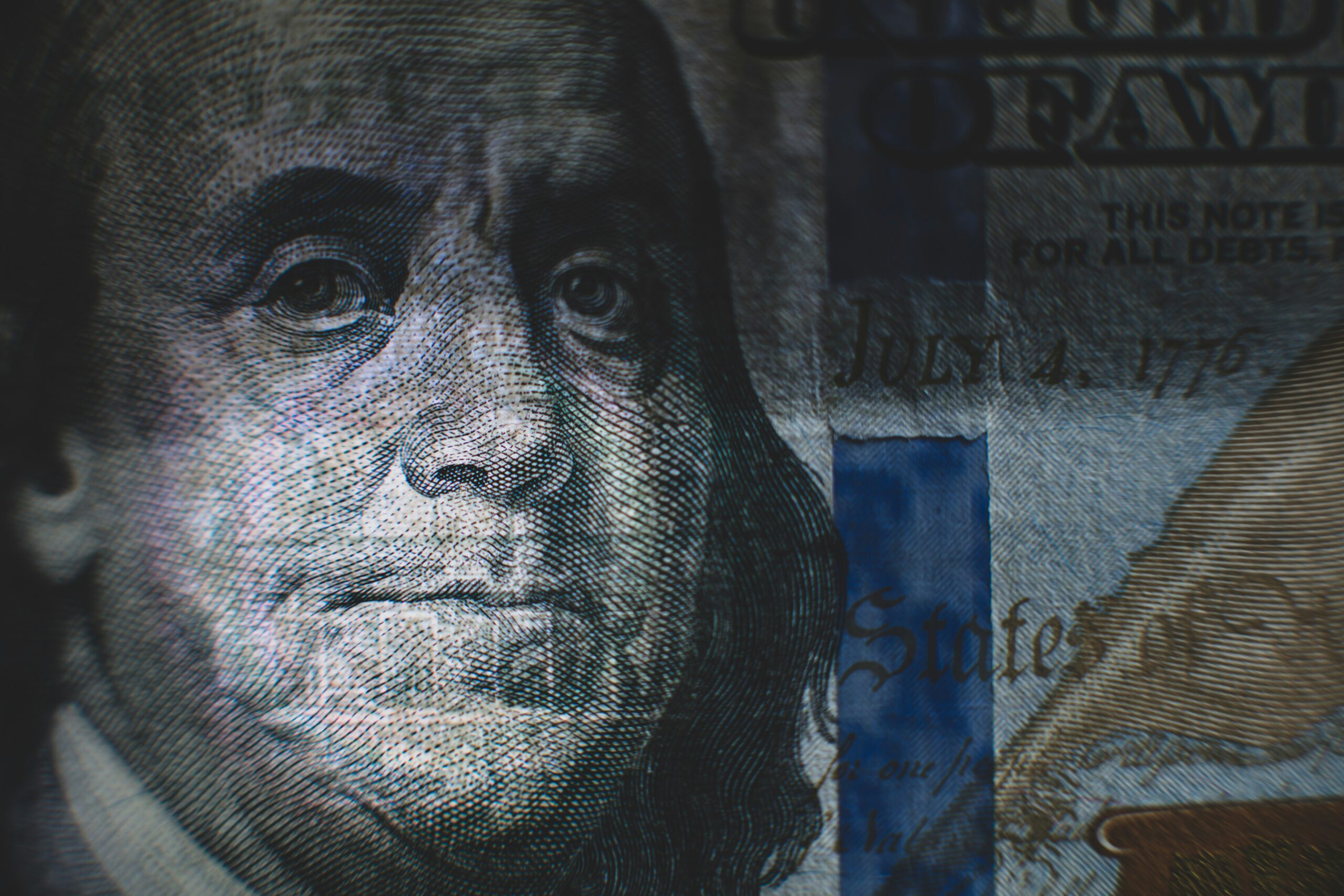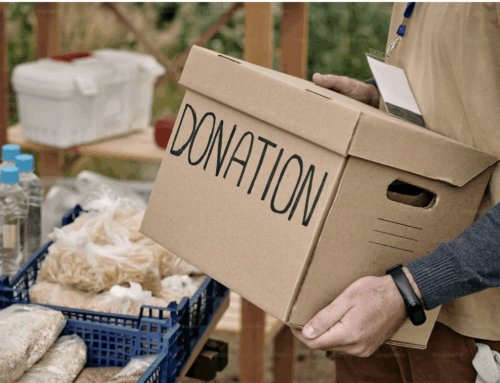The One Big Beautiful Bill Act (OBBBA), signed into law on July 4, 2025, introduces significant changes to the U.S. tax code that will reshape charitable giving starting in 2026. These changes, detailed in a recent Wall Street Journal article, create a complex landscape for donors, particularly impacting Baby Boomers and wealthy individuals who are key contributors to the nonprofit sector. While some provisions aim to encourage giving among non-itemizers, others impose new limits that could reduce donations from affluent donors and Boomers, threatening the financial stability of nonprofits already strained by cuts to federal funding. This article examines how these tax changes, combined with broader economic pressures, may decrease charitable contributions and offers strategies for donors to navigate the new rules.
Key Charitable Tax Provisions in the OBBBA
The OBBBA extends provisions from the 2017 Tax Cuts and Jobs Act (TCJA) while introducing new rules affecting charitable deductions. According to the Wall Street Journal, these changes, effective in 2026, include:
- Universal Charitable Deduction for Non-Itemizers:
- Taxpayers who take the standard deduction can claim a deduction of up to $1,000 for single filers or $2,000 for married couples filing jointly for cash donations to qualified charities (excluding donor-advised funds and supporting organizations). This expands on a temporary provision from the CARES Act (2020–2021), which allowed deductions of $300–$600. Approximately 100 million taxpayers who don’t itemize could benefit, potentially increasing participation in small-scale giving. However, this deduction reduces taxable income but not adjusted gross income (AGI), limiting its impact on other tax provisions tied to AGI, such as Medicare premiums or Roth IRA contribution limits.
- 0.5% AGI Floor for Itemized Deductions:
- Itemizers can only deduct charitable contributions exceeding 0.5% of their AGI. For example, a couple with $225,000 in AGI would lose $1,125 of their charitable deduction. This fixed disallowance disproportionately affects smaller donations; a $2,000 gift would yield only an $875 deduction, losing over half its tax benefit, while a $5,000 gift would retain a $3,875 deduction, losing just over 20%.
- Cap on Deduction Value for Top-Bracket Taxpayers:
- For taxpayers in the 37% tax bracket (starting at approximately $752,000 for joint filers and $626,000 for singles in 2026, adjusted for inflation), the tax benefit for itemized deductions, including charitable contributions, is capped at 35%. For example, a top-bracket couple with $900,000 in AGI donating $100,000 would see their tax savings drop from $37,000 under current law to $33,425 in 2026 due to the combined effect of the 0.5% AGI floor and the 35% cap, costing them an additional $3,575 in taxes.
These provisions build on the TCJA’s legacy, which nearly doubled the standard deduction and capped the state and local tax (SALT) deduction at $10,000, pushing millions to take the standard deduction and forgo itemized charitable deductions. Between 2017 and 2019, itemized charitable deductions fell by $66 billion (26%), per the Giving USA Foundation and Indiana University, contributing to a broader decline in donor participation from 66.2% in 2000 to about 45% in 2020.
Impact on Baby Boomers
Baby Boomers (born 1946–1964) are a cornerstone of philanthropy, contributing 43% of the $592.5 billion in charitable giving in 2024, averaging $1,212 per person annually. Their giving is driven by a commitment to causes like environmental protection, equality, and community development, often through direct mail, in-person events, or online platforms. However, the OBBBA’s tax changes and broader economic impacts could reduce their giving capacity:
- Economic Pressures: The OBBBA’s $912 billion in Medicaid cuts and $279 billion in SNAP reductions, combined with the expiration of ACA premium tax credits, increase financial burdens on Boomers, many of whom are on fixed incomes or facing rising medical debt (41% of Americans carry medical debt). New tariffs and inflation further erode discretionary income, historically correlating with reduced giving during economic uncertainty. For middle-income Boomers donating an average of $3,296 annually, these pressures could limit their ability to give.
- Tax Incentives for Non-Itemizers: The $1,000/$2,000 deduction for non-itemizers benefits Boomers who don’t itemize, particularly those with modest incomes. However, this is offset by the deduction’s limitations (cash-only, no donor-advised funds) and its inability to reduce AGI, which affects other financial calculations. For Boomers prioritizing tax-advantaged giving, this may not sufficiently incentivize donations.
- Volunteerism at Risk: Boomers volunteer at high rates (59% engage in informal volunteering), but increased financial pressures may force them to prioritize paid work over unpaid roles, reducing their availability for nonprofit boards or community engagement.
Impact on Wealthy Donors
Wealthy donors, particularly those in the top tax bracket, face reduced tax incentives that could dampen their giving, which constitutes a significant portion of the $592.5 billion in 2024 charitable contributions:
- Reduced Deduction Value: The 0.5% AGI floor and 35% cap on itemized deductions directly target high-income filers. For a donor with $1 million in AGI, the first $5,000 of charitable contributions is non-deductible, and the tax benefit for additional donations is reduced from 37% to 35%. As the Wall Street Journal notes, this “double tax whammy” could cost a top-bracket couple donating $100,000 an extra $3,575 in taxes, potentially discouraging large gifts.
- Increased Estate Tax Exemption: The OBBBA permanently increases the estate and gift tax exemption to $15 million per individual ($30 million for couples) in 2026, up from $13.99 million in 2025. With only 0.2% of estates subject to tax, fewer wealthy donors may use charitable bequests to reduce estate taxes, as noted by Forbes. This weakens a key motivator for legacy giving.
- Corporate Giving Constraints: The 1% floor on corporate charitable deductions (only contributions exceeding 1% of taxable income are deductible), along with the Trump administration’s tariffs, which corporations will pay, could reduce the $36.55 billion in corporate giving reported in 2023, as companies may scale back contributions to stay below the threshold.
Broader Nonprofit Challenges
Nonprofits face a perfect storm of reduced funding and increased demand:
- Government Funding Cuts: The OBBBA disrupts federal support for nonprofits, with USAID’s dissolution, AmeriCorps’ $400 million grant cuts, and Head Start’s funding freeze affecting millions. Nonprofits like Friendship Shelter, reliant on $11.5 million in government grants, struggle to replace lost funds with private donations. An estimated 14,000 nonprofits risk collapse, threatening 2.8 million jobs.
- Rising Operational Costs: Tariffs and inflation increase costs for food, clothing, and construction materials, straining nonprofit budgets. The Amistad Research Center, for example, lost 40% of its $1.5 million budget, endangering its mission.
- Taxation Burdens: The expanded 21% excise tax on nonprofit executive compensation above $1 million and endowment taxes (1.4%–8% for private colleges) divert funds from programs, further limiting nonprofit capacity.
Strategies for Donors
To maximize tax benefits before the 2026 changes, donors can consider:
- Accelerate Donations in 2025: High-income donors should make large gifts in 2025 to avoid the 0.5% AGI floor and 35% cap, securing a full 37% deduction. Donor-advised funds (DAFs) are ideal, allowing an immediate deduction while distributing grants over time.
- Use Qualified Charitable Distributions (QCDs): Boomers aged 70½ or older can donate up to $100,000 annually from traditional IRAs via QCDs, which are exempt from the new limits and reduce taxable income without affecting AGI.
- Bunching Strategy: Itemizers can bundle multiple years’ donations into 2025 to exceed the 0.5% AGI floor and maximize deductions, primarily if benefiting from the expanded $40,000 SALT deduction (2025–2029).
- Property Donations: Donors expecting to itemize in 2025 due to the SALT increase should donate appreciated assets like stock or property to avoid capital gains tax and secure a full deduction.
- Reassess Estate Planning: With the higher estate tax exemption, wealthy donors should explore DAFs or charitable remainder trusts to maintain philanthropic impact without estate tax benefits.
Conclusion
The OBBBA’s tax changes, while offering a universal deduction for non-itemizers, impose significant barriers to charitable giving from Baby Boomers and wealthy donors. The 0.5% AGI floor and 35% cap on itemized deductions, combined with economic pressures from Medicaid/SNAP cuts, tariffs, and inflation, reduce the tax incentives and financial capacity for giving. Nonprofits, already strained by federal funding cuts and rising costs, face a potential decline in the $592.5 billion in annual donations, threatening their ability to serve communities at precisely the moment when the demand for their services will be greater than ever because of the drastic cuts to government-provided services. Donors must act strategically in 2025—using QCDs, DAFs, or bunching—to mitigate the impact, while nonprofits should tailor appeals to Boomers and advocate for policy revisions to preserve the sector’s vitality.
Footnotes
- Giving USA 2023 Report.
- Wall Street Journal, July 25, 2025.
- Congressional Budget Office, 2025.
- Nonprofit Source, 2023.
- Bank of America 2022 Study of Philanthropy.
- National Center for Charitable Statistics, 2024.





